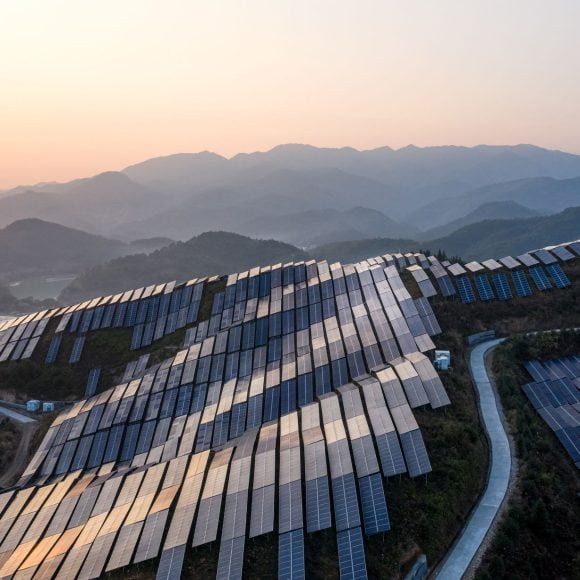Latest insights
Topical and timely investment insights
Latest UBS insights
Hear directly from our experts

Are you looking for more information?
Access more of our leading insights

Top Investment Ideas
Intelligence to power your investment goals
Intelligence to power your investment goals
Private markets, currencies, commodities? Explore our Chief Investment Office’s monthly Messages in Focus for the latest on ways to help add value to your portfolio.

UBS House view
Our regularly updated investment outlook
Our regularly updated investment outlook
We are locally active and globally connected with one investment view - the UBS House View, offering clear and unified insights to clients around the world.

Meet the experts
Bringing our CIO views directly to you
Bringing our CIO views directly to you
Our Chief Investment Office leadership team analyzes investment opportunities and market risks around the world, so you can pursue what matters to you with confidence.

Top Investment Ideas
Intelligence to power your investment goals
Intelligence to power your investment goals
Private markets, currencies, commodities? Explore our Chief Investment Office’s monthly Messages in Focus for the latest on ways to help add value to your portfolio.

UBS House view
Our regularly updated investment outlook
Our regularly updated investment outlook
We are locally active and globally connected with one investment view - the UBS House View, offering clear and unified insights to clients around the world.

Meet the experts
Bringing our CIO views directly to you
Bringing our CIO views directly to you
Our Chief Investment Office leadership team analyzes investment opportunities and market risks around the world, so you can pursue what matters to you with confidence.

Top Investment Ideas
Intelligence to power your investment goals
Intelligence to power your investment goals
Private markets, currencies, commodities? Explore our Chief Investment Office’s monthly Messages in Focus for the latest on ways to help add value to your portfolio.

UBS House view
Our regularly updated investment outlook
Our regularly updated investment outlook
We are locally active and globally connected with one investment view - the UBS House View, offering clear and unified insights to clients around the world.

Meet the experts
Bringing our CIO views directly to you
Bringing our CIO views directly to you
Our Chief Investment Office leadership team analyzes investment opportunities and market risks around the world, so you can pursue what matters to you with confidence.

Top Investment Ideas
Intelligence to power your investment goals
Intelligence to power your investment goals
Private markets, currencies, commodities? Explore our Chief Investment Office’s monthly Messages in Focus for the latest on ways to help add value to your portfolio.

UBS House view
Our regularly updated investment outlook
Our regularly updated investment outlook
We are locally active and globally connected with one investment view - the UBS House View, offering clear and unified insights to clients around the world.

Meet the experts
Bringing our CIO views directly to you
Bringing our CIO views directly to you
Our Chief Investment Office leadership team analyzes investment opportunities and market risks around the world, so you can pursue what matters to you with confidence.

Top Investment Ideas
Intelligence to power your investment goals
Intelligence to power your investment goals
Private markets, currencies, commodities? Explore our Chief Investment Office’s monthly Messages in Focus for the latest on ways to help add value to your portfolio.

UBS House view
Our regularly updated investment outlook
Our regularly updated investment outlook
We are locally active and globally connected with one investment view - the UBS House View, offering clear and unified insights to clients around the world.

Meet the experts
Bringing our CIO views directly to you
Bringing our CIO views directly to you
Our Chief Investment Office leadership team analyzes investment opportunities and market risks around the world, so you can pursue what matters to you with confidence.


